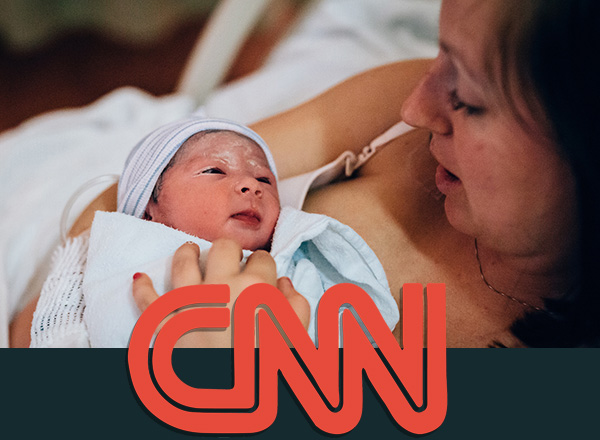Aneuploidy Screening
What is preimplantation diagnosis (PGD) for aneuploidy?
Aneuploidy screening minimizes the chance that a transferred embryo has a chromosome abnormality. Learn more about chromosomes and genes.
The most common chromosome abnormalities in miscarriages include:
- trisomy (3 copies of a chromosome) or monosomy (one copy of a chromosome) for chromosomes 13, 15, 16, 18, 21, or 22
- triploidy (3 copies of all the chromosomes)
- abnormalities of the sex chromosomes.
It is known that approximately 3 out of 4 (75%) embryos created by IVF will not be capable of producing a live-born child:
- some will fail to implant in the uterus
- others will implant but be unable to carry out early embryonic development
- as in natural pregnancy, approximately 15%-20% of conceptions will be lost as a clinical miscarriage.
While there are many reasons for the failure of an embryo to make a baby, the single most important factor is an abnormality of the chromosomes.
Similarly, for most couples, a significant number of the embryos created by IVF will have chromosome abnormalities. The exact percentage of chromosomally abnormal embryos that each couple produces is related to many factors, including maternal age, number of failed IVF cycles, and the type of sperm used. In addition, a certain percentage of abnormalities is because IVF is not a natural process, and hyperstimulation of the ovaries produces an increased percentage of chromosomally abnormal eggs.
A chromosomal abnormality can prevent the embryo from attaching to the uterus wall, eliminating any chance of pregnancy. It may also cause the implanted embryo to stop developing, resulting in pregnancy loss.
Why is aneuploidy more likely to affect older women?
Since women have eggs that are as old as they are – females have all of their eggs from the fetal stage onwards; they don’t add new ones later on – experts believe that these older eggs are less likely to divide properly.
More than 50% of embryos from women aged 35 to 39 show chromosomal abnormalities, while those over 40 have a frequency of aneuploidy of 80% or higher. That’s why the percentage of older women becoming pregnant is so low.
Additionally, experts consider aneuploidy to be the biggest factor for Recurrent Pregnancy Loss (of miscarriages) among women 35 and older, responsible at least half the time.
Free Online Consultation with Dr Thanos Paraschos and his team
DNA Microarray Analysis for accurate detection of aneuploidy
Via the microarray technique, we can examine all 24 chromosomes. That's a great improvement compared to what we could do before. More specifically, before the DNA microarray technology, we could only examine a limited number of chromosomes.
A huge advantage of the microarray technology is that we can have the results of the microarray data analysis in just one or two days, so we can transfer fresh embryos instead of a FET (frozen embryo transfer).
Microarray testing has increased live birth rates per cycle since an aneuploid embryo may be detected in every IVF cycle.

